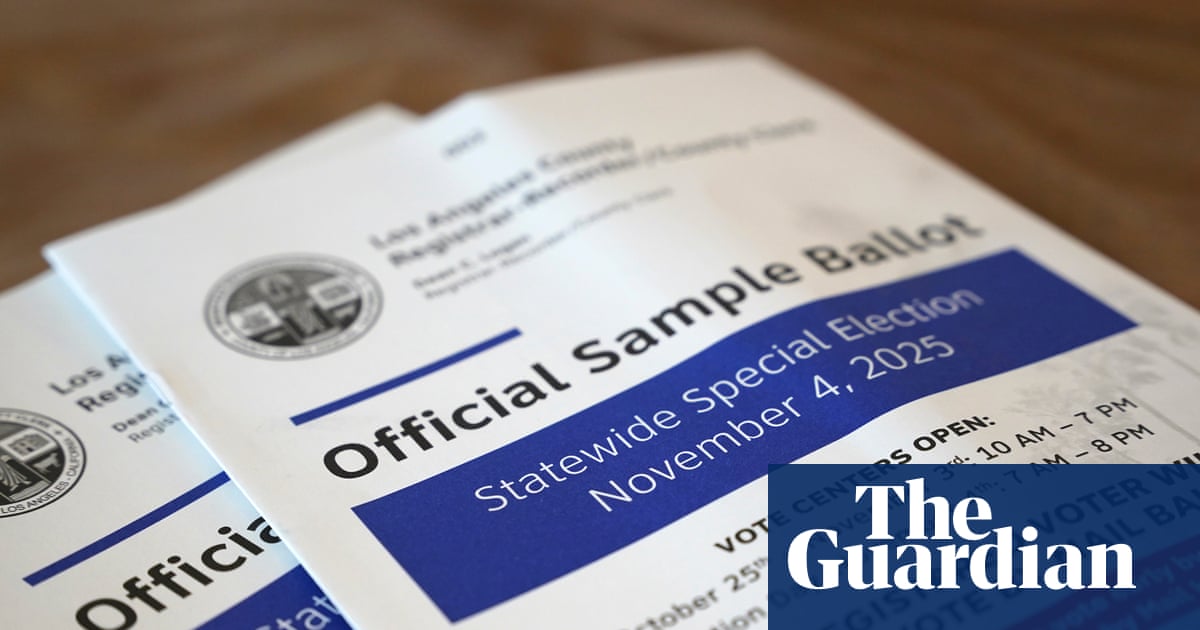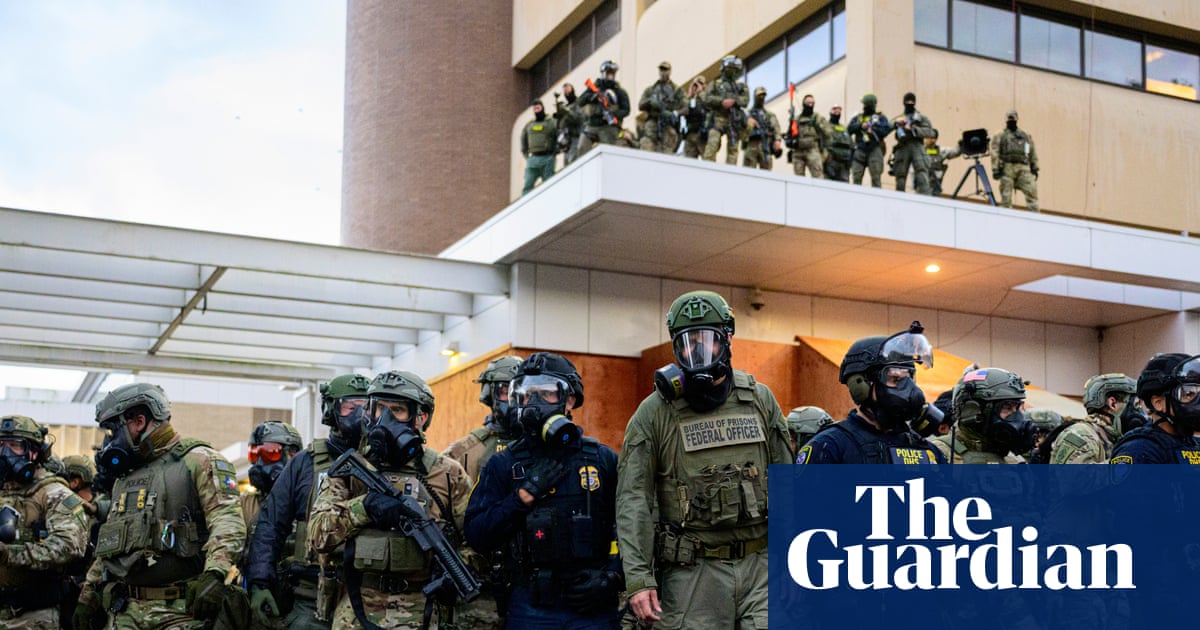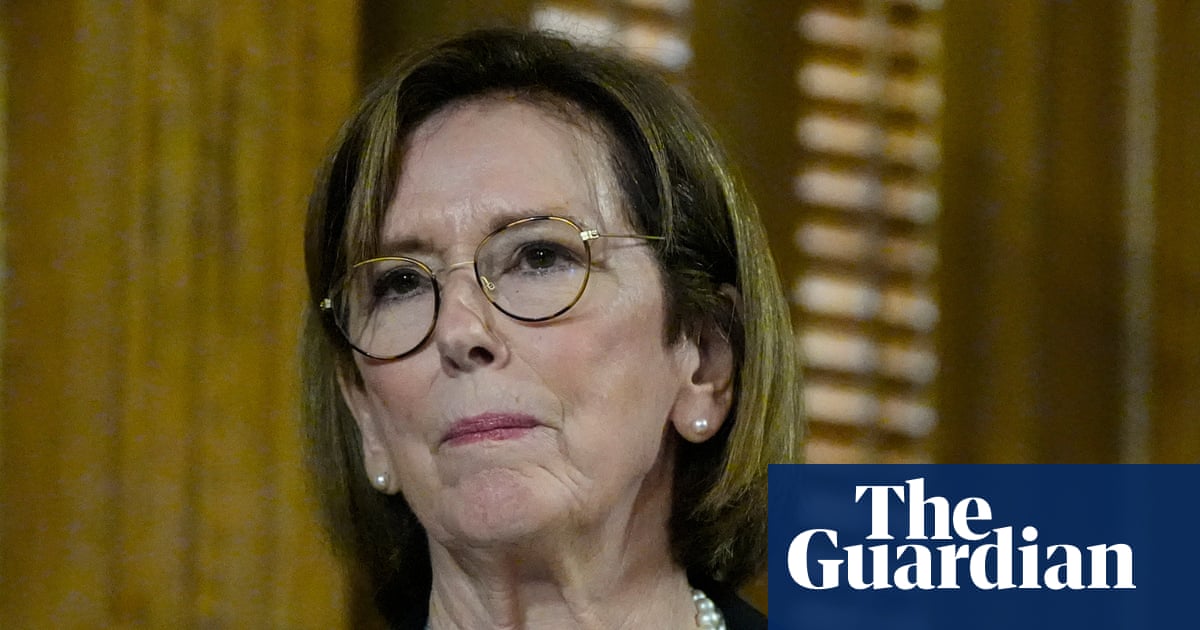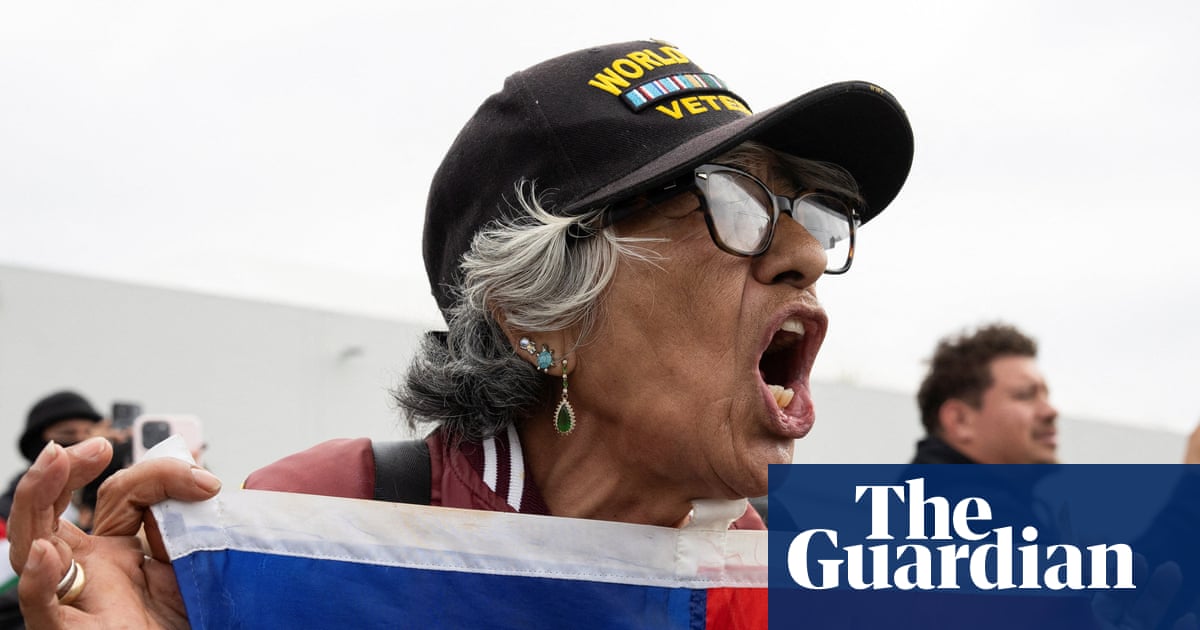The Pentagon said on Friday that it was deploying the United States’s most advanced aircraft carrier to the Caribbean, a major escalation in the Trump administration’s war against drug cartels that provides the resources to start conducting strikes against targets on the ground.
The move will bring the USS Gerald Ford carrier, with dozens of stealth fighter jets and surveillance aircraft, in addition to other warships that accompany the carrier, to the coast of Venezuela as it nears the end of its current deployment in the Mediterranean.
Sending the carrier strike group to the Caribbean is the clearest sign to date that the administration intends to dramatically expand the scope of its lethal military campaign from hitting small boats alleged to be carrying drugs bound for the US to targets on land.
The carrier strike group has dozens of F-35 fighter jets that increases the firepower and ability for the US to hit air-defense systems in Venezuela. That would clear the way for US special operations or drones to destroy land-based targets, current and former officials said.
The expanded naval presence “will bolster US capacity to detect, monitor, and disrupt illicit actors and activities that compromise the safety and prosperity of the United States homeland and our security in the western hemisphere”, a Pentagon spokesperson, Sean Parnell, said in a statement.
For weeks, the Trump administration has been eyeing escalating its campaign against the drug cartels – as well its effort to destabilize the Venezuelan president, Nicolás Maduro’s government – after an initial campaign of strikes on at least nine alleged drug-trafficking boats.
Donald Trump also confirmed to reporters at the White House on Thursday that the next stage of his military campaign was to hit targets on the ground. “The land is going to be next,” Trump said. “The land drugs are much more dangerous for them. It’s going to be much more dangerous. You’ll be seeing that soon.”
Trump did not discuss which targets in which countries the US intended to strike. But he directed the defense secretary, Pete Hegseth, who was seated beside him at the White House event to curb the flow of illegal drugs into the US, to notify Congress about the administration’s plans.
Asked whether he would declare war against the cartels, Trump suggested he would continue with individual strikes. “I think we’re just going to kill people that are bringing drugs into our country, OK?” he said. “We’re going to kill them, you know they’re going to be, like, dead.”
Trump announced what appears to have been the first strike on a boat on 3 September, releasing a brief video of the attack. In the weeks that followed, the administration announced more strikes without disclosing details other than the number of people killed and the claim that the boats carried drugs.
Since the start of the military campaign, the administration has provided a dubious legal justification for the strikes, claiming the boats are affiliated with “designated terrorist organisations”, or DTOs, with which the US was now in a “non-international armed conflict”, the Guardian has reported.
The administration has nevertheless provided no concrete evidence to date that those killed in the boat strikes were smuggling drugs to the US. In briefings to Congress, Pentagon officials in essence said the boats were legitimate targets because Trump had designated them as assets of cartels seen to be DTOs, people familiar with the matter said.
The military campaign has also drawn in the Central Intelligence Agency. Trump confirmed on 15 October that he had authorized so-called “covert action” by the CIA in Venezuela. The Guardian has reported that the CIA has been providing a bulk of the intelligence used in the airstrikes.

 German (DE)
German (DE)  English (US)
English (US)  Spanish (ES)
Spanish (ES)  French (FR)
French (FR)  Hindi (IN)
Hindi (IN)  Italian (IT)
Italian (IT)  Russian (RU)
Russian (RU)  3 hours ago
3 hours ago
























Comments